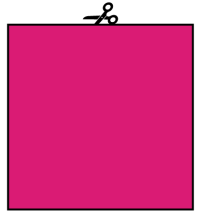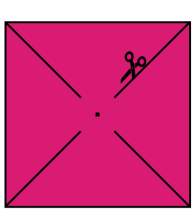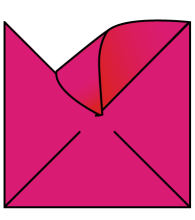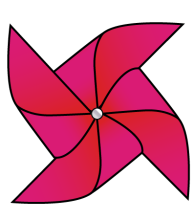How could you design a wind-powered elevator?
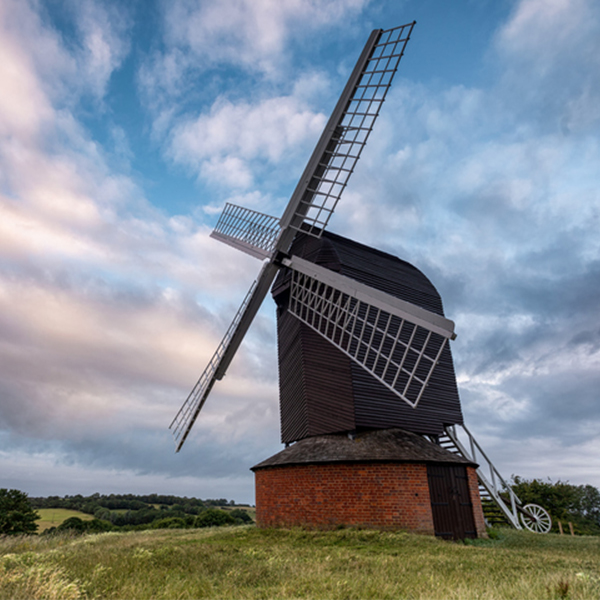
Windmill (George W Johnson, Getty Images)

Windmill (George W Johnson, Getty Images)
How does this align with my curriculum?
PE
6
Integrated Curriculum Grade 6: Science (Draft 2023)
IS 1.1: Planning our investigations is an important first step in becoming active learners to discover new knowledge.
PE
6
Integrated Curriculum Grade 6: Science (Draft 2023)
IS 1.2: There are important things we need to consider when carrying out a plan to investigate and explore within an inquiry.
PE
6
Integrated Curriculum Grade 6: Science (Draft 2023)
IS 1.3: Analyzing and interpreting the results of our inquiry can lead us to new ideas and new questions.
PE
6
Integrated Curriculum Grade 6: Science (Draft 2023)
DK 1.5: By carefully following the best methods and procedures, we can perform good experiments and analyze their results to explore the topics that captivate our curiosity.
PE
6
Integrated Curriculum Grade 6: Science (Draft 2023)
IS 1.2: Investigate and explore in an inquiry.
PE
6
Integrated Curriculum Grade 6: Science (Draft 2023)
IS 1.3: Analyze and interpret the results of their inquiry.
